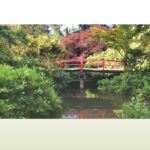If you’re in search of an unforgettable sensory experience, a visit to the Japanese Tea House and Garden should be at the top of your list. Here, you’ll be serenaded by the soothing sounds of a waterfall shrouded in vibrant azaleas, and captivated by the sight of elegant lanterns and mystical statues. As you wander around, the enchanting aroma of sweet wisteria and other exotic blooms will tantalize your senses, completing this feast for the senses.
Now, don’t let the name fool you – the Japanese Tea House and Garden, nestled within the heart of San Francisco’s beloved Golden Gate Park, isn’t merely about sipping a steaming cup of tea. Oh no, it offers so much more! It’s a place rich in history, filled with stories of dedication and artistic flair.
Sure, you can enjoy a cup of traditionally prepared Japanese tea here, but it’s really the beguiling beauty of the garden that will make you fall in love with this place. Picture this – a serene oasis, where every corner turns up some delightful surprises, waiting just for you. So, when you plan your trip to Golden Gate Park, make sure this magical garden and tea house is high on your must-see list. You’ll be charmed, that’s a promise!
Exploring the Sights

As you enter the main gate of the Japanese tea garden, you will encounter the Monterey pine, which Hagiwara relocated in 1900 from the golden gate park oceanfront to its current home. Venturing through the main gate, remnants of the original site are in view, including the columns of the music concourse from the 1894 expo.
Just inside the Main Gate, glance to your left to encounter a clipped hedge in the form of Mt. Fuji. This feature pays tribute to Hagiwara’s Japanese roots, which were located close to the highest mountain in Japan. If you stop by the Japanese Tea House for a cup of tea, you can also catch sight of this attraction when peering beyond the pond.
To the left of the Mt. Fuji Hedge, you will find the Dragon Hedge, decorated with a backdrop of illuminating bamboo. Also located close to the Main Gate, you may relax in the company of delicate irises and dwarf trees. It is here that a pathway filled with character guides you to the Drum Bridge, where mesmerizing greenery and a noble Chinese pine reside. Reflecting a perfect circle, the Drum Bridge represents part of the 1894 Japanese Village.
When you reach the Gift Shop, you will encounter a peaceful waterfall setting surrounded by wisteria, azaleas, dwarf trees, and the Japanese maple tree. To the far left, the Japanese wisteria originates from the early-1900 specimens planted by Hagiwara.
A small lake with island décor is situated in this section of the park, which was also part of the original Japanese Village. This site is located in front of the Japanese Tea House, which additionally provides a view of the Gift Shop beyond the greenery.
Located close to the Gift Shop, an impressively carved water basin (in the shape of a boat) is positioned. This feature offers the traditional washing of the hands before entering the Tea Room.
If you venture between the Gift Shop and the Asian Art Museum, a large keyaki tree, which precedes Hagiwara’s grand landscaping efforts is found. In the vicinity, you may also visit the Sunken Garden, which was designed in the same area where the Hagiwara’s former residence stood.
Another sight worth a look includes the Pagoda, which measures five stories. This attraction once graced the 1915 Japanese exhibit at the Panama-Pacific Exposition. Pagodas hold a special place in Far East culture, as they serve as Buddhist shrines.
The nine rings in this particular example symbolize the different heavens of the gods. Situated behind the Pagoda, the Zen Garden filled with bonsai trees and azaleas presents a mini-mountain setting, complete with a stone waterfall and a river made of white gravel.
Upon exiting this wondrous attraction through the Main Gate, you may notice a large stone decorated with a bronze plaque. It is here that you will find the words, “To honor Makoto Hagiwara and his family who nurtured and shared this garden from 1895–1942.”
Short History Recap
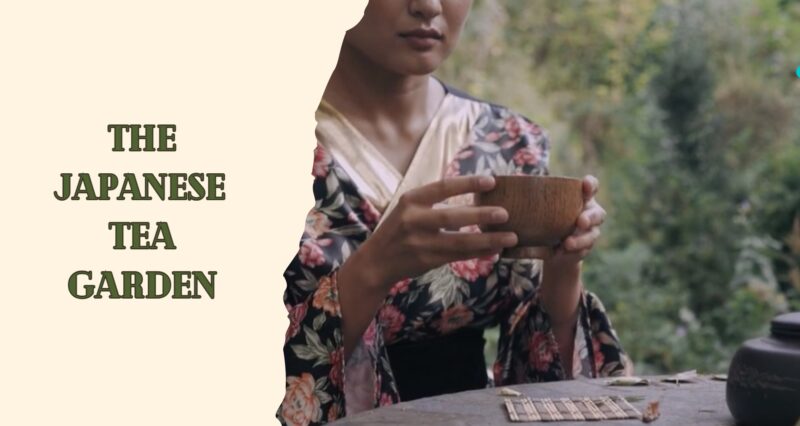
The historical roots of the Japanese Tea House were firmly planted in 1894 when the Japanese Tea Garden was established to showcase a Japanese Village for the California Midwinter International Exposition (also referred to as the World’s Fair). Today, the Japanese Tea Garden is heralded as the oldest public Japanese garden in all of the United States.
While the majority of the Golden Gate Park design and growth is credited to a man, who is said to have planted two million trees in his lifetime, John McLaren allowed another to design and groom the Japanese Tea Garden. In an attempt to share a piece of his culture, an affluent Japanese landscape designer named Makoto Hagiwara wished to transform the temporary World’s Fair exhibit into a permanent fixture of Golden Gate Park.
In the end, Hagiwara was responsible for erecting the Tea House, the garden, and the pavilions. He constructed a large public arena, as well as a small private setting for his family to dwell while he looked after the greenery.
The garden was eventually expanded to reach close to five acres, exceeding the original space by four acres of land. Hagiwara not only perfected the landscaping, but also imported a wealth of authentic tributes to his homeland, including rare Japanese birds, goldfish, bronze items, and plants.
The new garden was also decorated with an assortment of appealing statues, such as a wooden Buddha, a Shinto Shrine, stately eagles with spread wings, and a porcelain lantern.
Between 1895 and 1942, Hagiwara and his family resided, cared for, and furthered the development of the Japanese Tea Garden, until an unfortunate event occurred. World War II struck and the family was forced from their home and ushered off to concentration camps with other Japanese Americans. The garden was then given the name “The Oriental Tea Garden.”
During wartime, many of the beautiful arrangements were destroyed or removed, sculptures vanished, and many plants succumbed from lack of care.
Today, there are flashes of the original Japanese Tea Garden, such as the Monterey pine located by the Main Gate, but overall, much of the original tea garden has been erased. In 1952, the garden was officially renamed the Japanese Tea Garden once more, and in 1953, a 9,000-pound Japanese offering called the Lantern of Peace was placed on the premises in an effort to ease the tensions associated with the past.
Things to Do
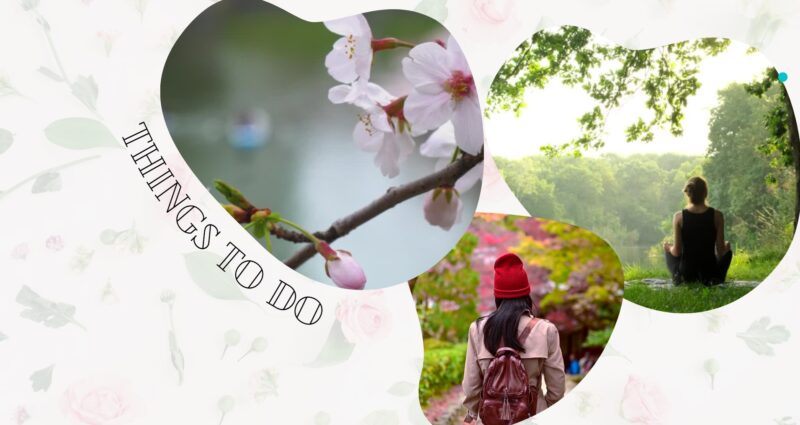
- Meditate and Relax: The scenery of and surrounding the Japanese Tea House is one that encourages, promotes, and fosters meditation and relaxation. Finding a quiet corner filled with indulgent scents and creative energy is an easy task to accomplish when it comes to reading a book or finding peace within.
- Sip Te While tea drinking takes a far backseat to the visual excitement of the Japanese Tea House, you may nonetheless purchase a cup to sip while roaming about the captivating grounds.
- Capture Creative Greenery: When visiting the Japanese Tea House, it is a must to carry along a camera so you may capture this gentle moment forever. From the enchanting landscape to the colorful blooms to the striking architecture, you are never at a loss when it comes to creating a special memory.
- Take Wedding Photos: While the Hagiwara Gate is a terrific place to execute and grab hold of the perfect wedding snapshot; there are plenty of locations beyond the entrance that set a memorable scene. The brick terrace, the Sunken Garden, the Temple Gate, as well as the Crane Sculptures are all worthy options.
- Purchase a Souvenir: Explore a handful of Japanese-inspired souvenirs as you visit the Gift Shop. Don’t forget to bring cash on hand when visiting this attraction because both the Gift Shop and the Japanese Tea House do not accept credit cards.
Contact Details
| Location | The Japanese Tea Garden and House is located on the corner of Tea Garden at Martin Luther King, Jr. within the Golden Gate Park. |
|---|---|
| Phone Number | 415-752-1171 |
| [email protected] | |
| Hours |
|
| Admission |
Free admission when entering the gardens before 10:00 a.m. on Mon, Wed, Fri. |
| Interesting Fact | The designer of the Japanese Tea House and Garden, Makoto Hagiwara, is often credited with the invention and introduction of the popular fortune cookie concept to the American public. |
FAQs
What is the admission fee for the Japanese Tea Garden?
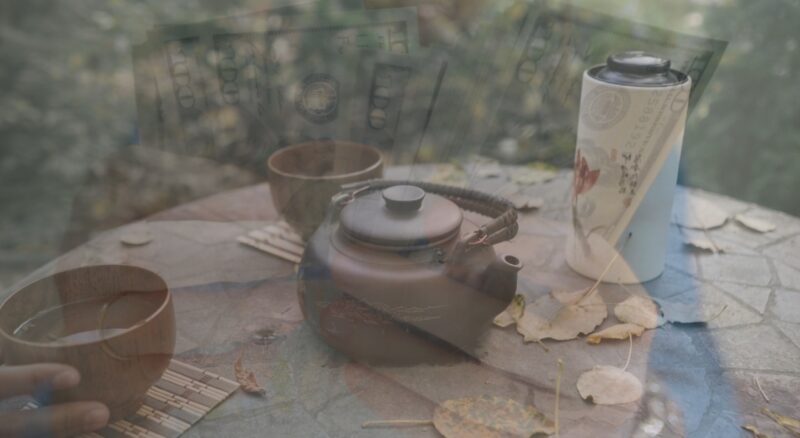
The admission fee varies. For adults, it’s $6.00 for residents and $9.00 for non-residents. Seniors (65+) and Youth (12-17) pay $4.00 if they are residents and $6.00 if they are non-residents. Children (5-11) pay $3.00 regardless of residency. Children (4 and under) enter for free. There’s also free admission when entering the gardens before 10:00 a.m. on Monday, Wednesday, and Friday.
What are the opening hours of the Japanese Tea Garden?
The garden is open daily. Summer hours (from March 1 to October 31) are from 9:00 a.m. to 6:00 p.m. Winter hours (from November 1 to February 28) are from 9:00 a.m. to 4:45 p.m.
What is the Lantern of Peace?
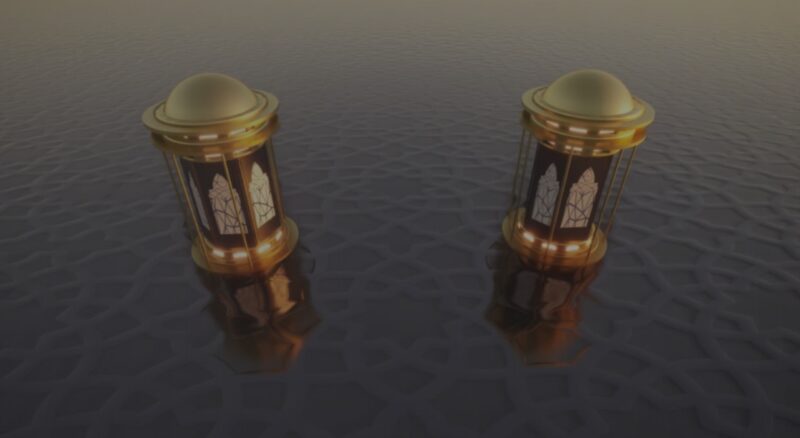
The Lantern of Peace is a 9,000-pound Japanese offering placed on the premises in 1953 in an effort to ease the tensions associated with the past.
What is the Pagoda?
The Pagoda is a five-story structure that once graced the 1915 Japanese exhibit at the Panama-Pacific Exposition. Pagodas hold a special place in Far East culture as they serve as Buddhist shrines.
What are the Mt. Fuji Hedge and Dragon Hedge?
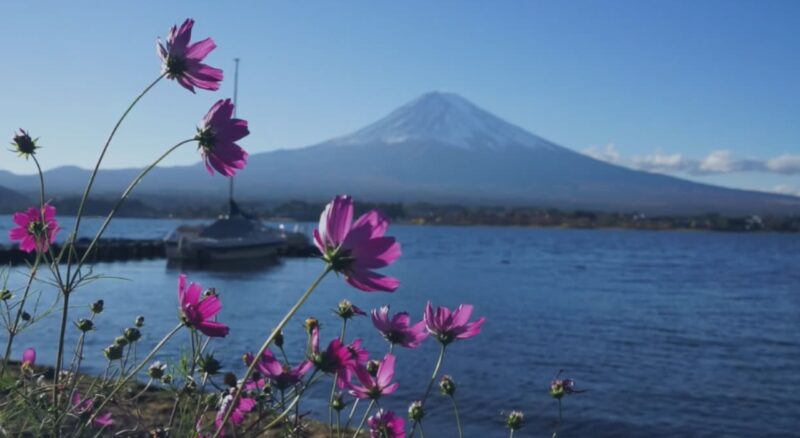
The Mt. Fuji Hedge is a clipped hedge in the form of Mt. Fuji. This feature pays tribute to Hagiwara’s Japanese roots. Dragon Hedge is located to the left of the Mt. Fuji Hedge. It is decorated with a backdrop of illuminating bamboo.
What is the significance of the large stone decorated with a bronze plaque at the Main Gate?
The large stone was decorated with a bronze plaque at the Main Gatehonors Makoto Hagiwara and his family who nurtured and shared the garden from 1895–1942.
Conclusion:
The Japanese Tea Garden in Golden Gate Park is more than just a garden; it’s a journey through history, a celebration of culture, and a sanctuary for the senses. Whether you’re sipping tea amidst the intoxicating scent of wisteria or exploring the rich history of this alluring attraction, every moment spent here is a moment to treasure.
Come, immerse yourself in the tranquil beauty of the Japanese Tea Garden, and let your senses awaken to the magic of this timeless haven.





